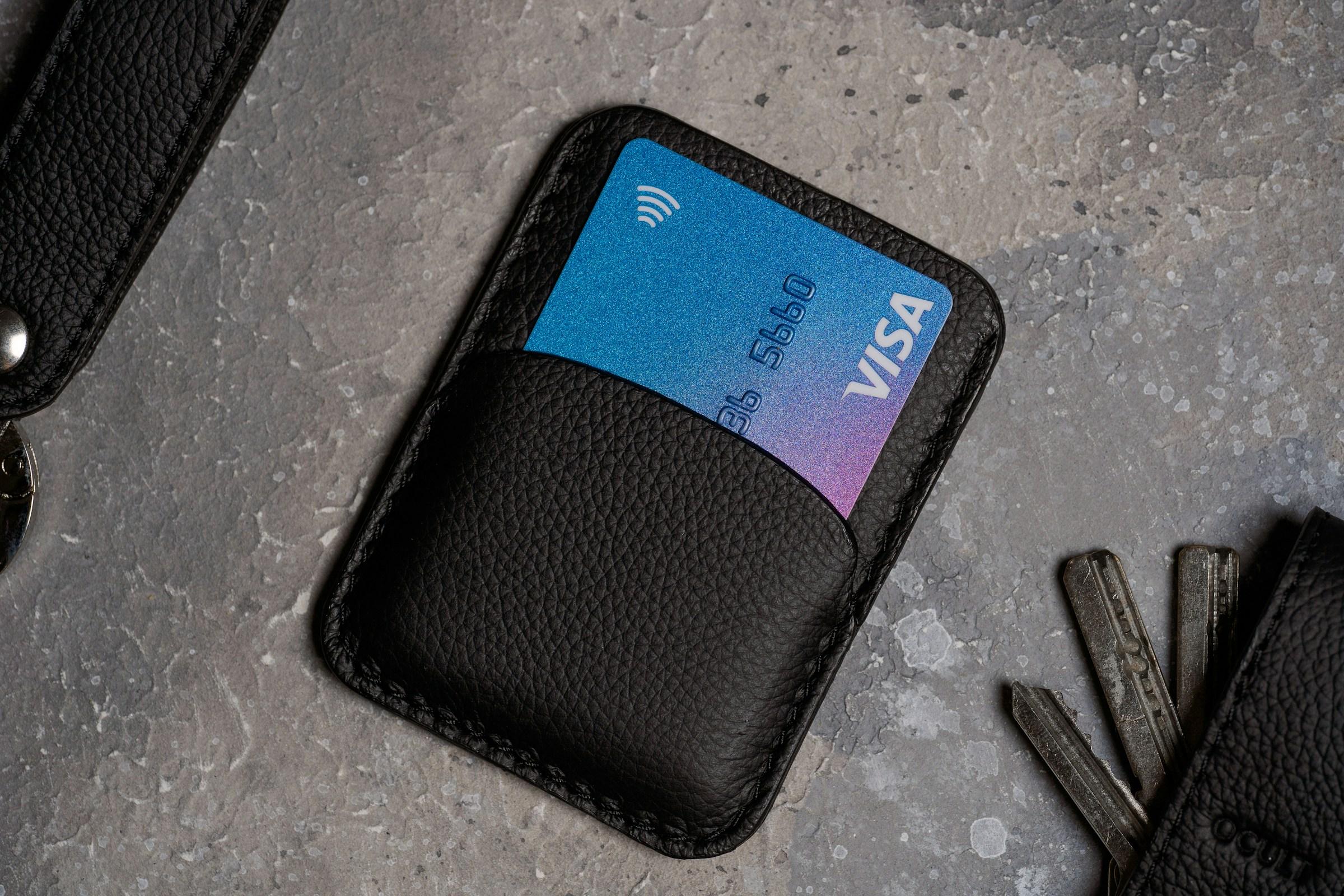If you have ever looked at a statement and thought the math looks rigged, you are not alone. Credit card APRs climbed as base rates rose and many issuers left those higher rates in place. The good news is that your APR is not carved in stone. You can reduce your credit card interest rate if you approach it like a small project with a few clean steps. Think of it as turning a noisy, messy feed into a curated list. You control the sequence, and the sequence matters.
Start with the simple win. Call the number on the back of your card and ask a direct question: Can you lower my APR today based on my payment history and current offers on my account. Keep it short and friendly. Have a recent competing offer in mind so the agent has a reference point. If you have paid on time for the last six to twelve months, you might get a small permanent cut or a temporary promotional rate for a few cycles. It is not guaranteed, but it works often enough that it should be your first move, not your last.
Timing helps. Call right after a payment posts so your account looks clean on the agent’s screen. If your balance just dropped or your credit limit increased, your utilization ratio looks better, which can strengthen your case. If your card has a retention team, ask politely to be transferred. Retention teams can access special promos that frontline agents cannot.
If a straight rate cut is a no, you still have options. Ask if the bank offers a hardship program. These are not only for people in crisis. They are designed for customers who want to pay but need breathing room. A typical plan can temporarily reduce your APR, waive late fees, or set a fixed payment schedule for six to twelve months. You may lose reward earning during the plan and you must stick to the schedule, but it can stop interest from snowballing when life is chaotic. If you use this path, calendar the end date and plan how you will transition back, so you do not drift into old habits the month the promo ends.
Now let us talk balance transfers. A 0 percent intro APR offer can be a lifesaver if you treat it like a bridge and not a vacation. Move your balance, set a monthly payment that kills the entire transfer before the intro period expires, and do not swipe that card for new purchases if the terms charge interest on them immediately. Watch the transfer fee, usually around three to five percent. The math still works if you are escaping a high double digit APR and you will pay the balance within the promo window. If the math does not work, pause and try negotiation or a hardship plan first.
For some readers, a personal loan makes sense. Fixed rate, fixed term, predictable payments. If your credit profile is decent and the loan rate is clearly lower than your current APR, consolidating can reduce cost and remove the open ended nature of revolving debt. The risk is that you keep spending on the now empty card. If you take the loan route, put a spending rule in writing for yourself. No new balance until the loan is below a certain threshold. Make it boring and make it stick.
Credit counseling can also move the needle if you feel stuck or overwhelmed. Reputable nonprofit agencies can place you on a debt management plan where issuers reduce your APR in exchange for consistent payments through the plan. The tradeoff is that cards on the plan are typically closed or frozen. The benefit is meaningful APR cuts that you would struggle to get on your own. If you choose this, confirm the agency is nonprofit, check fees, and read reviews. You want structure, not surprises.
Here is the quiet lever that makes all of the above easier. Improve the two signals issuers care about, your history and your utilization. Payment history is slow to change, so protect it like your Wi Fi password. Autopay at least the minimum on every card so you never miss a due date. Then attack utilization. If you can, push your statement balance below thirty percent of your limit before the statement closes, not just before the due date. That is the number most bureaus see. Lower utilization can lift your credit score over a few cycles, which strengthens your position when you ask for a better rate or shop for a transfer.
Do not forget product switching. Some banks let you move to a different card within the same family that has a lower purchase APR or a long intro period without a new application. You keep the same account number in many cases, which protects account age. It is not glamorous, but it can be a clean path to a lower rate without opening new lines.
What about asking for a credit limit increase. If you trust yourself not to spend more, a higher limit can reduce utilization and sometimes unlock better offers behind the scenes. Requesting a soft pull increase is safer since it does not ding your score. If the issuer only offers a hard pull, weigh the tradeoff. If you are applying for a mortgage soon, skip it. If you are stabilizing your card situation for the next year, it may be worth it.
The elephant in the room is fees and small print. With any promo you need to read the terms. Does the 0 percent apply to transfers, purchases, or both. When does the period start. What is the go to APR after the promo. Are there deferred interest traps that charge back interest if you do not clear the whole amount. None of this is fun to read, but it is cheaper to read than to pay.
Let us address three quick myths. First, closing a card to force discipline is not always the right move. You can tank your score by raising utilization across the rest of your cards and shortening your average account age. If you must close, do it after your balances are down and keep your oldest accounts open. Second, switching to a secured card to escape interest does not help if you still carry a balance and pay interest on that card. Secured cards are for building or rebuilding credit, not for lowering interest on existing debt. Third, minimum payments are not a plan. They are a stall. The interest clock keeps running and the finish line moves away.
If you are outside the United States, the mechanics look similar but the product names shift. In the Philippines, you will see zero percent installment plans with partner merchants and balance transfer promos that can run six to twenty four months. These can help if you map the payoff to the promo length and avoid stacking multiple installment plans that collide later. In the Gulf, where regulation and issuer policies vary by country, banks also offer transfer rates or installment conversions for large purchases. The same rules apply. Read the terms, do the math, and avoid converting everything you buy just because the app makes it one tap.
Here is a clean way to sequence your next thirty days. Week one, call and ask for an APR cut or a promo. If you get even a small reduction, take it and mark the review date three months out. Week two, decide between a balance transfer, a personal loan, or a hardship plan if the first call did not move enough. Plug your numbers into a basic calculator and pick the path that clears the balance fastest at the lowest total cost. Week three, set autopay for minimums, then schedule an extra mid cycle payment so the statement closes at a lower balance. Week four, request a soft pull credit limit increase if you can trust yourself, or set up a product switch to a card that fits your payoff plan.
While you are at it, clean your spend. Use one debit card or one low APR card for essentials so you are not spreading new charges across multiple accounts. Freeze or vault the high APR cards while you pay them down. The goal is to stop adding fuel to the fire while you are trying to put it out. A quick word on psychology. Lowering your APR is not just about percentages. It changes how fast your payments create visible progress. When people see balances drop, they keep going. That is why a temporary promotional rate can be the spark you need. It gives your payments more power per dollar, which makes the habit easier to sustain. Momentum is not a motivational poster. It is math you can feel.
If you only remember one thing, remember this. Your APR is negotiable and your path is flexible. Start with your issuer, then use products that buy you time without tricking you into new debt. Automate the minimums, attack utilization, and give yourself a rule set you can follow on your worst week, not just your best one. The question is not whether the bank will do you a favor. The question is how cleanly you can stack small wins that lower cost and shorten the runway to zero. You can reduce your credit card interest rate. Do it on purpose, do it in order, and give yourself a timeline. It will not feel glamorous, but it will feel like control.




.jpg&w=3840&q=75)
.jpg&w=3840&q=75)
.jpg&w=3840&q=75)

.jpg&w=3840&q=75)





